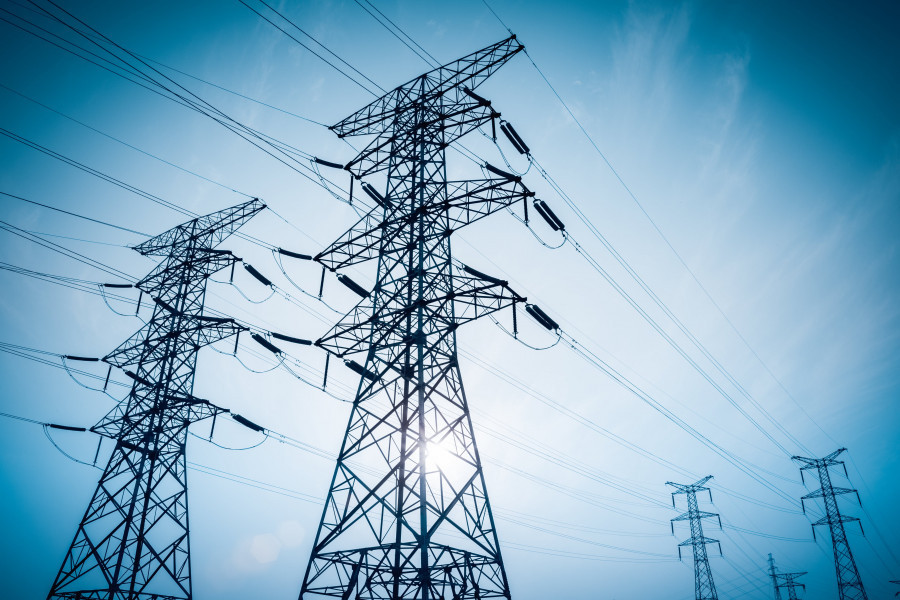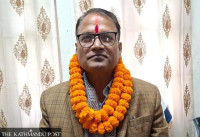National
Nepal replugs China grid plan to power up northern villages
During Prime Minister Dahal’s China visit, the neighbour had expressed willingness to consider Nepal’s request.
Prithvi Man Shrestha
Nepali officials are seeking negotiations with China to put into force the proposed plan to electrify some of the remote bordering villages of Nepal with the Chinese grid.
Officials said they want assistance from the northern neighbour as it will be costly to connect the villages to the domestic grid due to difficult geography.
Nepal had asked the Chinese side to supply electricity from the north neighbour’s grid to several bordering villages during Prime Minister Pushpa Kamal Dahal’s visit to China in September. But no concrete agreement was signed back then.
As per the joint statement issued after the visit, the Chinese side agreed to positively consider Nepal’s request for supplying grid power to electrify northern remote villages of Nepal from the Xizang (Tibet) Autonomous Region of China, and take overall consideration of providing equipment or technology on commercial terms.
“We are communicating with the Chinese side to schedule the next meeting of the Joint Working Group,” said Komal Nath Atreya, chief of the Ratmate-Rasuwagadhi-Kerung Transmission Line Project. “Lighting up the bordering Nepali village with Chinese electricity will be on the agenda along with building a cross-border transmission line.”
As per the joint statement, the two sides will launch the construction of the Jilong/Keyrung-Rasuwagadhi-Chilime 220 KV Cross-Border Power Transmission line ‘at an early date’.
The Joint Working Group is the upgraded joint mechanism under which a Joint Technical Group and Joint Commercial Group operate.
Earlier, a Joint Technical Group comprising representatives of the Nepal Electricity Authority and the State Grid Corporation of China had met over the cross-border transmission line. The group’s last meeting was held in February.
Nepal had sought help from the northern neighbour to electrify several bordering villages in about half a dozen districts.
Kimathanka in Sankhuwasabha, Lapchi in Dolakha, Chumnubri in Gorkha, and Hilsa in Humla were some villages proposed for electrification with Chinese assistance, according to NEA officials.
“There are over 5,000 households in several bordering villages in need of electricity,” said Manoj Silwal, chief of the distribution directorate of the NEA. “We had proposed using Chinese electricity as connecting the mountain villages to the domestic grid will be expensive because of the difficult terrain.”
Besides sending requests to the Chinese side, the NEA said it is working to develop infrastructure to supply electricity to Lapchi while Chumnubri also has a local micro hydro plant. “It will, however, be very difficult to immediately connect Kimathanka and Hilsa with the national grid,” said Silwal.
According to Atreya, before Prime Minister Dahal’s China visit, the Chinese side had responded positively to Nepal’s request saying they could supply electricity to Nepali villages from two counties of Tibet.
If the NEA does import electricity from China in the future, it plans to install electricity metres at the import point to accurately measure and bill for the electricity consumed.
The NEA plans to charge the locals the Nepali rate for the electricity while it will pay to the Chinese side according to the rate agreed with China.
According to the NEA, Nepal’s electrification rate is already over 95 percent.
As per the government’s electricity roadmap, the NEA said it is committed to providing electricity access to every household by the end of the fiscal year 2024-25 and plans to achieve the target through grid expansion.
Approximately 93.65 percent of Nepal’s population receives electricity from the national grid. On the other hand, around 3.54 percent of the population relies on various alternative energy sources to meet their power needs.
According to the NEA’s Annual Report 2022-23, 505 out of 753 local governments were substantially electrified while 227 local levels were partially electrified by the end of the fiscal year 2022-23. The remaining 21 local units, which are not connected to the national grid, are using electricity generated from alternative energy sources, the NEA said.




 14.12°C Kathmandu
14.12°C Kathmandu















